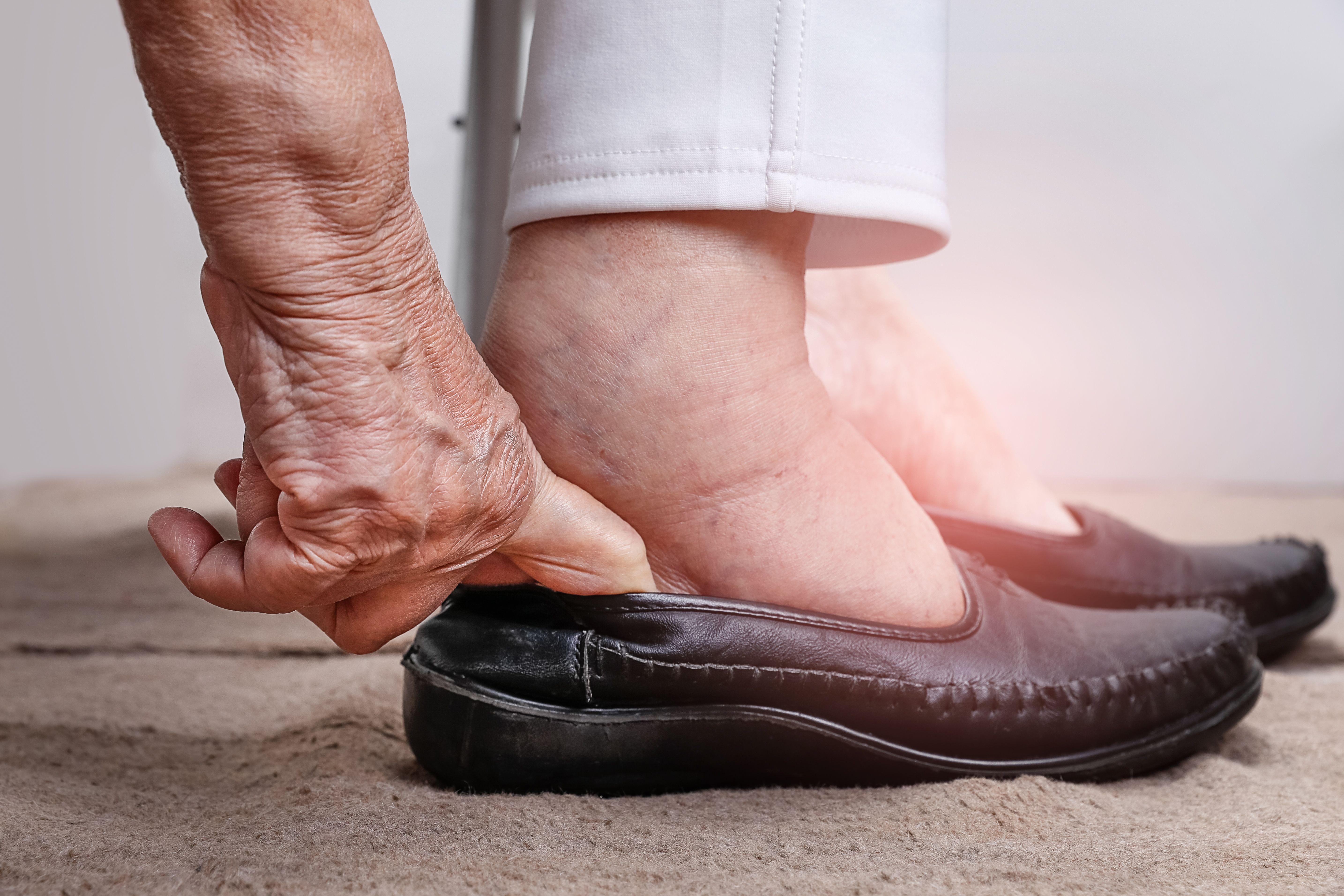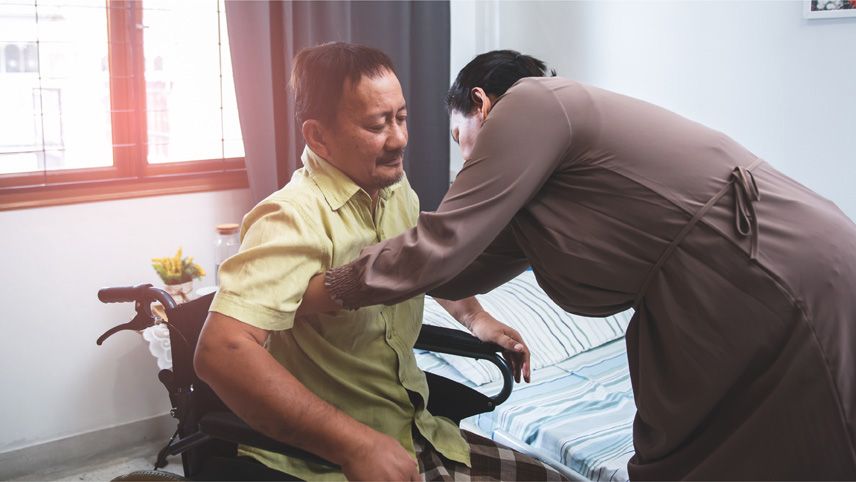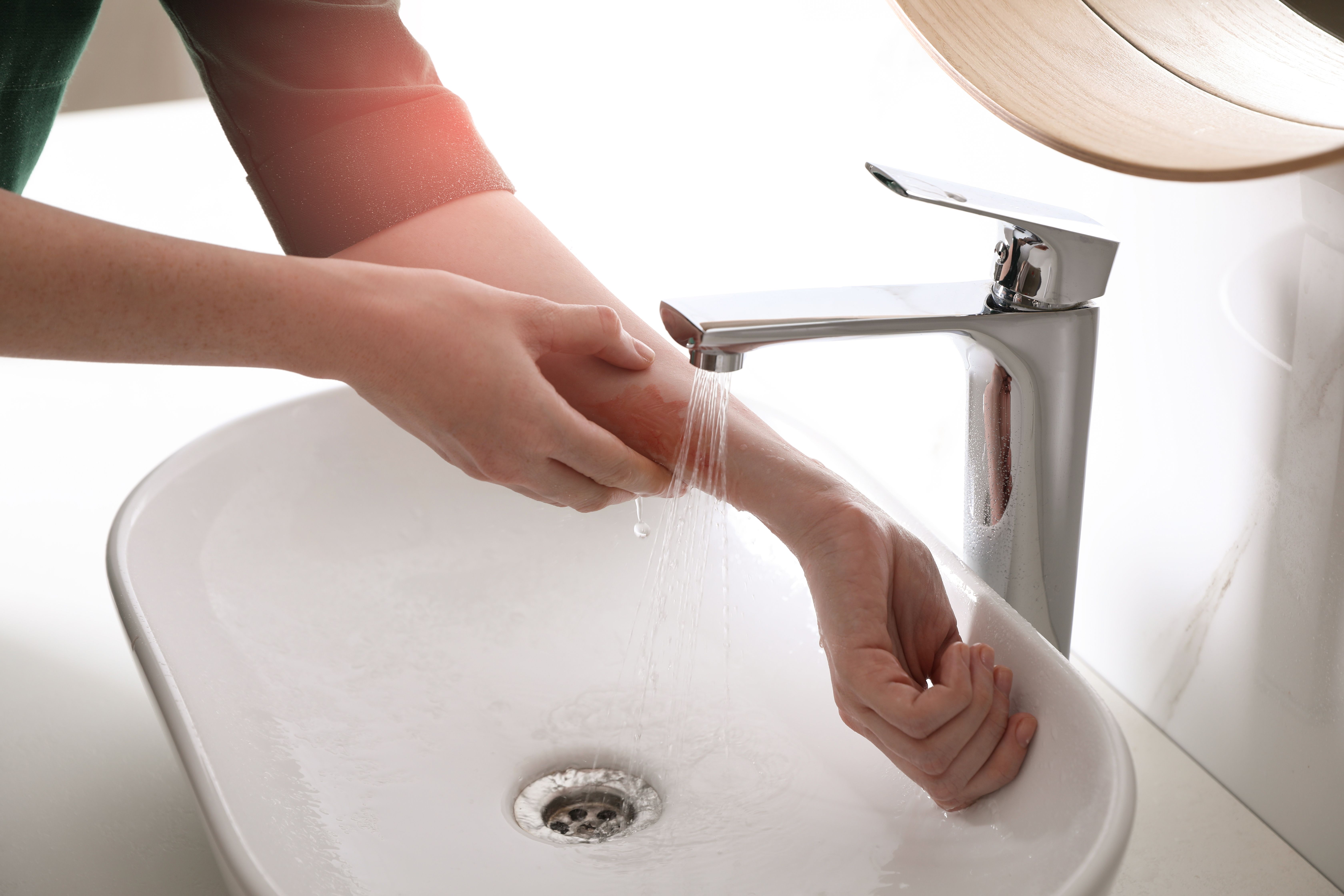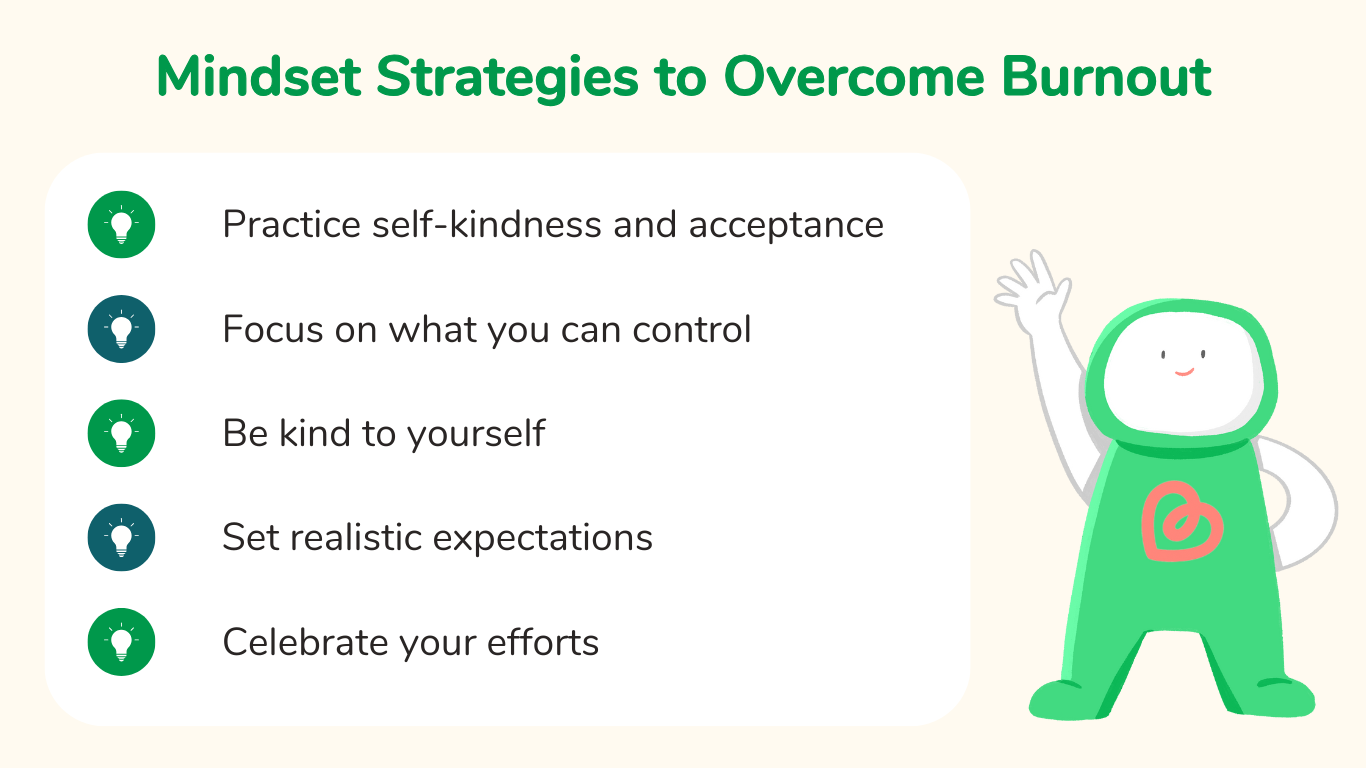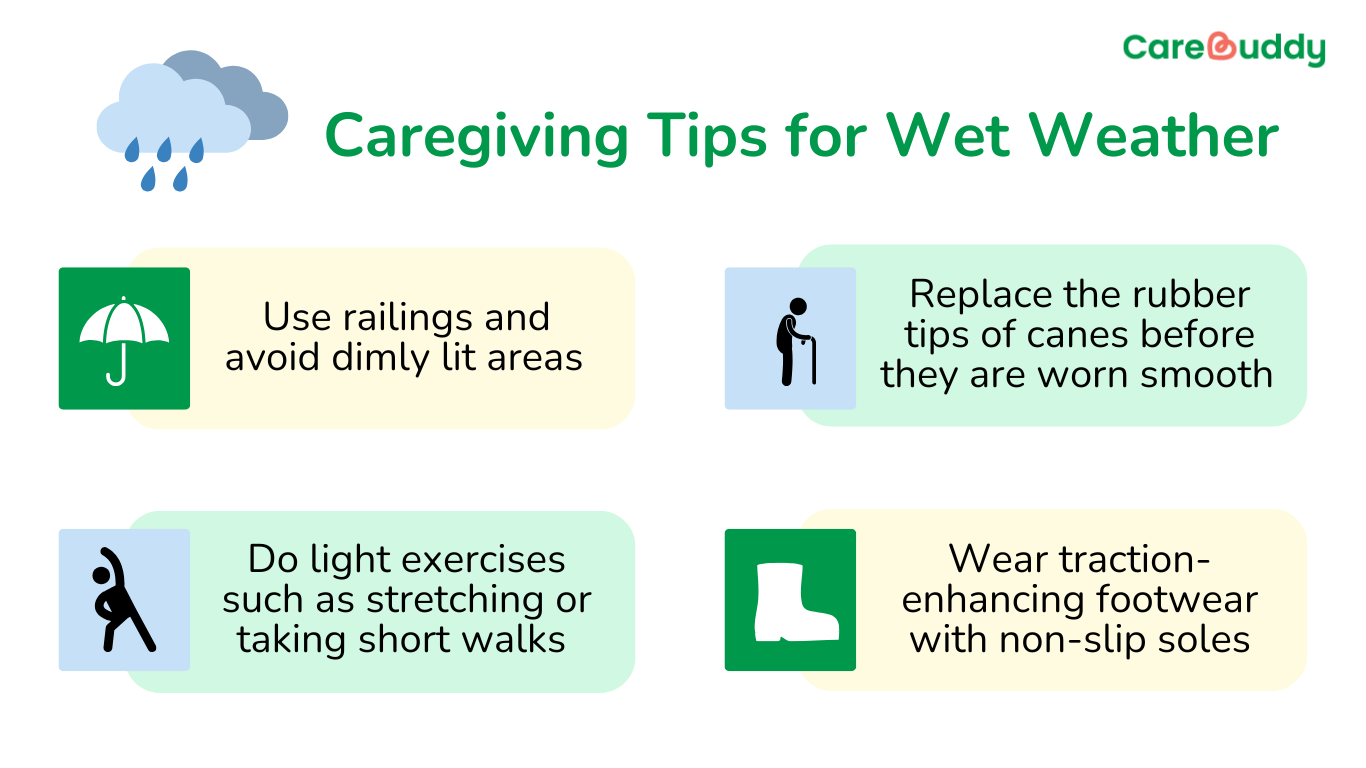Wheelchairs: How to choose, inspect and use
- CareBuddy
- 4 Mins Read
- 20 Sep 2022
- Elderly Care

It’s never pleasant when a care receiver needs to be on a wheelchair due to mobility issues stemming from any condition they may have. But what can make things a bit more comfortable is choosing the correct wheelchair, ensuring that it has no issues and assembling it properly. Let’s look at each of these in more detail.
Choosing a wheelchair
Choose a wheelchair with sufficient space between the care receiver and each side of the seat. Don’t pick one that the care receiver has to struggle to squeeze into. For assisted-type wheelchairs, choose one that has a gap of 2 cms between the care receiver and each side. This will ensure that the caregiver can render assistance when needed. Also ensure that the wheelchair is easy to operate regardless of whether it’s self-operated or assisted.
Inspecting a wheelchair
Accidents can happen if there are defects in the wheelchair. Therefore, checking the wheelchair is one of the most important tasks of a caregiver.
Ensure that
- There’s no wear and tear of seat and armrest
- Tyres are not cracked
- Lock can be engaged
- Footrest can be engaged
- Front caster is not wobbly
Using a wheelchair
Wheelchairs are often folded and stored, which means you’ll need to unfold it before use. To do so,
- Stand next to the wheelchair, hold the arm rest and open it up a little.
- From the front of the wheelchair, press the seat with both hands to flatten the seat.
Once the wheelchair is unfolded, the next steps are to help the care receiver onto it. Always ensure that the brakes are applied and the wheelchair is stationary before you do this.
Once the care receiver is comfortably seated, inform them that you’ll now disengage the brake, and then do so. Stand by the side of the wheelchair, grasp the grip of the wheelchair firmly with one hand, and disengage the brake with the other. Do not access the brake from the back of the care receiver as this will force their head forward and cause discomfort.
Now you’re ready to move! While doing so, take extra caution to ensure that the wheelchair and/or care receiver’s legs do not hit walls, stairs or any other obstacles. As the caregiver is at the back of the wheelchair, it’s often a bit hard for them to have visibility of what’s happening in front of the wheelchair. One way to manage this is to move the wheelchair as slowly as possible.
Once you’ve reached your destination and helped the care receiver get out of the wheelchair and onto their new resting place, it’s time to store the wheelchair for future use:
- Stand next to the wheelchair and grab the front and back of the seat.
- Hold the seat and pull it up at the same time with both hands.
Article reviewed by Loh Wan Ying, HMI.




